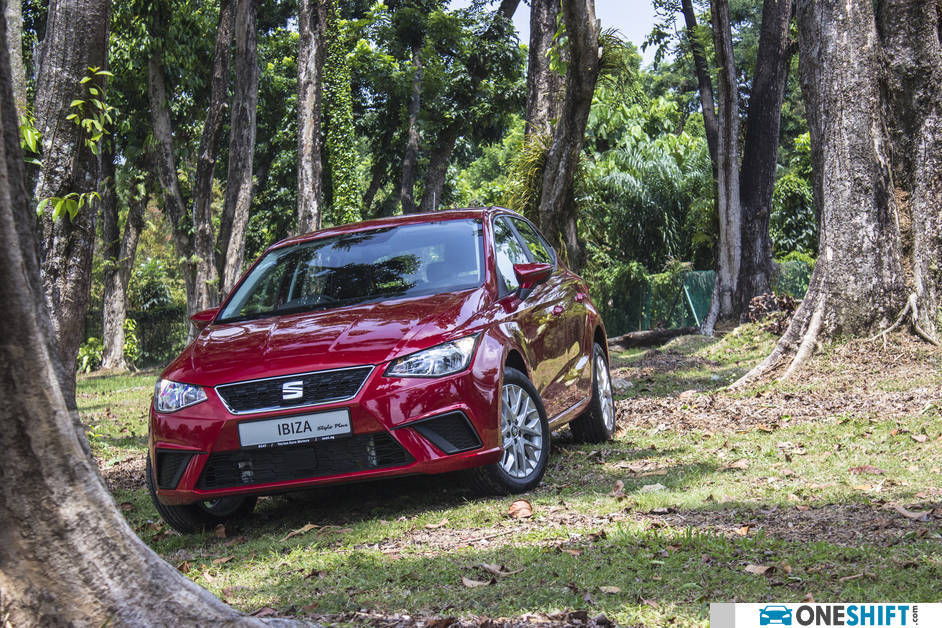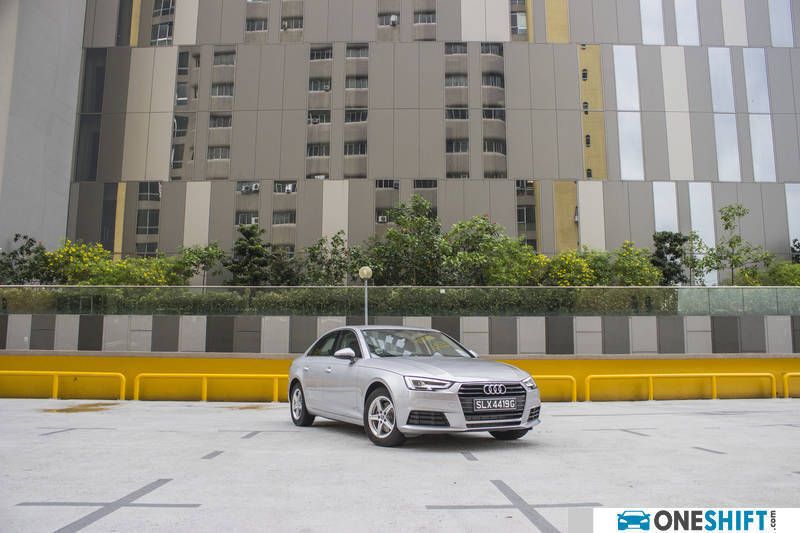Top 3 Myths on Fuel Efficiency
“What should I do to spend less on fuel?” Most drivers would have experienced a time when you have asked this question or have someone asked you this question. Amazingly, everyone who has been asked this question always have something to say. Sometimes, you may even find that there are varying answers!

“What should I do to spend less on fuel?” Most drivers would have experienced a time when you have asked this question or have someone asked you this question. Amazingly, everyone who has been asked this question always have something to say. Sometimes, you may even find that there are varying answers!
One reason is that it could be passed from one person to the other without even checking on the accuracy of these myths. Another, on the technical side, is that fuel efficiency and consumption is a product of multiple variables and it is then challenging to give a precise answer to this question.
Another important thing to consider is that many of these recommendations may have been true before, but because the engine has evolved over the years and no longer runs on the same technologies a decade ago, some of these “solutions” for better fuel efficiency may no longer be true!

When I first started driving, my dad keeps reminding me to warm up my car before setting off. Whenever he sits in the passenger seat, he would nag at me to tell me that I should wait before moving off. Hmmm… But is that really necessary?
In the past, fuel delivery in an automobile was regulated by a carburetor, which often required a period of warm-up to ensure smooth operation.
However, every car built today (and for the past two decades or so) enjoys the wonders of fuel injection! A fuel injection system works with the computer to make the air-fuel mixture much richer when a car is cold to achieve complete atomisation of the fuel. As the engine warms, the injectors then let in less fuel. This makes warming up the car slightly irrelevant since the sensors are able to monitor and adjust to varying temperature. Carburetors that were present in the past couldn’t have done that and that is probably why my father keeps insisting to warm up the car before driving off. I mean, old habits die hard you see…
But that also doesn’t mean that we just stick in the keys; turn on the engine and go. We would often take time to get comfy in our seats, put on our seat belt, check our mirrors, and maybe even turn on or switch channels of our radio or playlist. By then, thirty to forty seconds would have passed, and that would be good enough for our cars to move off! In fact, the car actually warms up much faster when it is being driven.
Idling, on the other hand, does nothing much for fuel-efficiency as it wastes more fuel and emits greenhouse gas emissions and other pollutants. If you do not already know, under the Environmental Protection and Management (vehicular-emissions) Regulations, it is an offence for drivers of motor vehicles to leave the engine of their vehicles idling while it is stationary, for reasons other than that of traffic conditions. There are some exceptions to this regulation such as vehicles where the engine is required to be running for the operation of their on-board equipment, moving vehicles in a queue, vehicles undergoing inspection or repair, as well as enforcement and emergency vehicles. For owners who leave their vehicles idling may face a fine of $70 and subsequently $100 (Channel News Asia, 2017) . If not paid, they can be fined up to $2,000 for their first offence and $5,000 for any subsequent offences, if convicted in court.
So, myth busted! There is no real need to warm up your cars to ensure fuel-efficiency in today’s fuel-injector cars!
Some people believe that premium fuel will bring forth better fuel efficiency because it yields higher mileage. Although it is not entirely wrong as premium fuels have higher octane rating (octane rating refers to a number given to petrol to measure the amount of compression it can take before igniting it, so the higher the number, the more pressure it can withstand). This type of petrol is indeed better for supercharged or turbocharged engines with a much higher compression ratio, as the petrol will be able to deliver much more power when it is compressed in the cylinder and cause less knocking prior to its detonation. These petrols also have additional additives and detergents that will give the engine a deeper clean, protecting it against corrosion and engine wear for enhanced performance in the long run. Therefore, the premium fuels does help the engine burn more efficiently and provide more power for less petrol used.
However, premium fuel actually does not drastically improve fuel consumption of the average driver. Especially if you drive in the slow city traffic, the only difference your V-Power Nitro+ will give you is a thinner wallet and just about the same fuel consumption as your friend who only cares whether it is diesel or not. Most would just advise you to pump your average 95 most of the time and pumping that premium petrol once in a while. No doubt this premium petrol does provide a difference in terms of “driving feel”, unless you are a Crazy Rich Asian, it may be better on your pockets to stick to the average (already expensive) petrol in Singapore.
The rationale behind the idea that we should pump our petrol at night is that fuel density is much higher when the fuel is cold. As our petrol stations measure volume, you will get more fuel for your cash.
Even though this is scientifically accurate, at room temperatures, the difference in fuel density is relatively insignificant. Plus, petrol stations nowadays have fuel tanks underground and are naturally insulated from the fluctuation in temperature. Therefore, the fuel temperature does not change too much whether you pump it in the hot afternoon or the cooler nights.
With these 3 fuel myths busted, now you know what is worth doing and what isn’t for your car. Well, if you really find that your ride is drinking too much petrol, perhaps it is time to look at some fuel-efficient cars. We’ve previously covered some of these fuel-savers such as the Toyota Prius and the Kia Niro, but here’s some others to consider!

Now in its 5th generation, the SEAT Ibiza Style Plus is one of those cars that help you save some money. Though it is lab-tested to be at 21.2km/l, we do believe that 17-18km/l is more attainable in real-world traffic, which is pretty efficient. The small hatch is practical, easy to drive, and is priced affordably below at $76,400 (price as of 18 October 2018).

Previously covered as one of our D Segment Gems, the Audi A4 also escapes the VES penalties, bringing the price of this gem down to just $166,980 (price as of 4 October 2018).
The more efficient ‘B’ Cycle engine is tuned for economy, allowing the 2.0 turbocharged engine to deliver similar fuel figures to the 1.4 litre engine it replaces under normal driving loads and still lets you to indulge in a little bit of heavy-footing. Thanks to its high compression coupled with the help of force-feeding from a turbocharger and Audi’s valvelift system (AVS), the Audi A4 does a great 19.2km/l combined cycle.
The face-lifted Hyundai Ioniq Hybrid is now 12 kg lighter, which translates to slight fuel savings of 0.38 litre per sec (as compared to its already decent 3.9 litre per sec). For those who don’t like CVTs, you’ll be glad to know that Hyundai went for a dual-clutch 6-speed in-house developed automatic transmission that gives better response off the line.
The Hybrid version of the Ioniq suits most car buyers who want to go green and I must say, it does really help to save lots of petrol. I rented this car when I was driving in Jeju, South Korea and in two days, I only used up 30,000 won worth of petrol. That translates to about SGD $37 and an estimated fuel consumption of 20 km/l.
If you're still wondering about the difference between hybrid and your average petrol cars, read here to learn more about hybrid cars: Are Hybrid cars superior compared to regular cars?
Well, there are still other fuel efficiency myths that we have yet to cover, but here’s a start! Now that you know your stuff, the next time you have a friend that seeks your recommendation, you’ll be able to have a better answer!
Credits:


Get the Best Price for your used car
from 500+ dealers in 24 hours

- Convenient and Hassle-Free
- Consumer Protection
Transparent Process
With No Obligation








